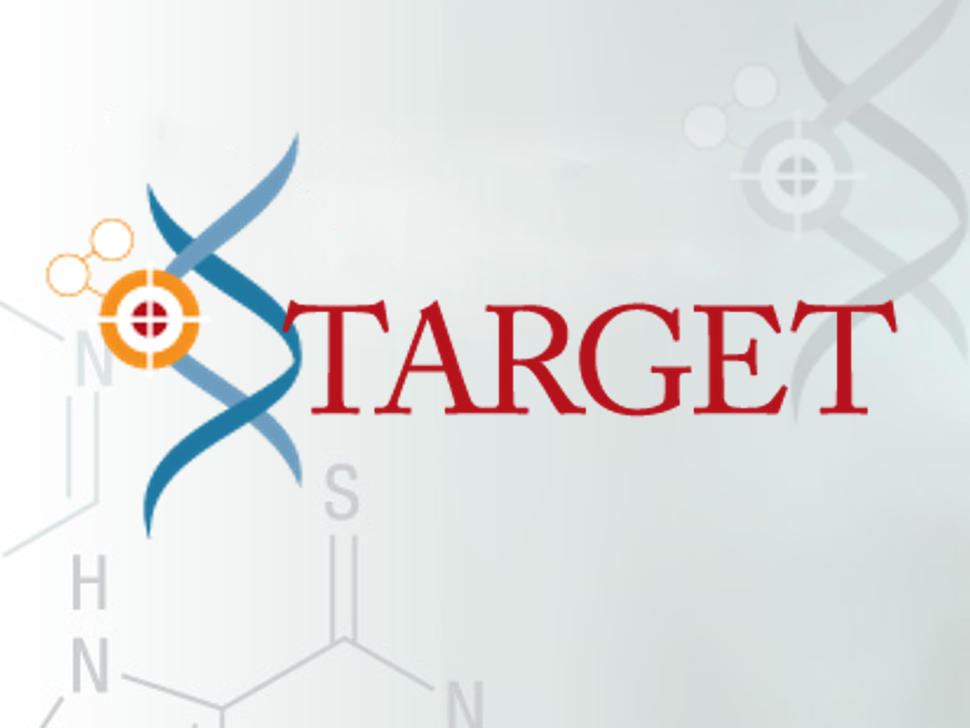TARGETing the Clinic: Translating Discoveries for Pediatric Cancer
, by Jaime M. Guidry Auvil, Ph.D.
September was Childhood Cancer Awareness Month, which inspired us to reflect back on the multiple successes that OCG’s TARGET (Therapeutically Applicable Research to Generate Effective Treatments) initiative has made towards the advancement of pediatric cancer research and treatment.
Cancer is leading the cause of death by disease for children over the age of one year,1 and young adults, in the United States. Each year nearly 15,000 children are diagnosed with some form of cancer, resulting in an approximate 1,200 deaths.2 While significant strides have been made towards improving the clinical outcomes for pediatric cancer patients, several deficiencies remain that require focused attention. These include:
- About 20% of pediatric cancer patients do not respond to standard therapy and ultimately succumb to their diseases.
- Current treatments are toxic and particularly harsh on growing children. Survivors are often impacted by onset of secondary cancers, developmental delays, physical and emotional health issues, and infertility.
- Current treatment protocols are mostly derived from therapeutic regimens that were formulated for adult cancers. Previous studies revealed that childhood cancers are often genetically distinct from their adult counterparts, suggesting the need for alternate treatment approaches.
The TARGET initiative set out to improve patient outcomes through a collaborative team science approach. Individual disease project teams are composed of clinicians, genomics experts, laboratory and data scientists; many of whom are members of the Children’s Oncology Group (COG). COG is a cooperative group devoted exclusively to pediatric clinical trials, provided the TARGET project teams access to high-quality tissue samples with clinical annotation, as well as the potential for rapid translation of molecular findings into novel therapies. TARGET researchers have worked together within and across disease projects to successfully generate, analyze, integrate, and interpret high quality, comprehensive genomics, transcriptome and epigenomics data. TARGET project teams have made significant discoveries and translating some that are clinically-actionable (for personalized and/or targeted therapies) for patients. Examples to date are highlighted below.
| Cancer Type | Genomic Discovery | Clinical Translation |
|---|---|---|
| Ph-like ALL (BCR-ABL1-like ALL) |
(Roberts et al., NEJM, 2014; Mullighan et al., NEJM, 2009; & Others) |
|
| High Risk Neuroblastoma |
(Pugh et al., Nature Genetics, 2013; Eleveld et al., Nature Genetics, 2015; & Oldrige et al., Nature, 2015) |
|
| Acute Myeloid Leukemia |
(Maxson et al., Blood, 2016 & Farrar et al., Cancer Res, 2016) |
|
| High Risk Wilms Tumor |
Relapsed Favorable Histology WT
Diffuse Anaplastic WT
(Gadd et al.,Nature Genetics, 2017; Perlman et al., Nature Comms, 2015; Waltz et al., Cancer Cell, 2015; & Ooms et al., Clinical Cancer Research, 2016.) |
|
TARGET project teams continue to address challenges of pediatric cancers through mining and analyzing the data. They are completing trans–TARGET analyses (together with informatics experts at St. Jude’s Children’s Research Hospital and Children’s Hospital of Philadelphia) to uncover somatic and germline alterations both within and across the various childhood cancers studied. Manuscripts are being finalized, and all TARGET datasets (open and controlled access tiers) are available for the research community to mine through the TARGET Data Matrix. Sequence data can be accessed from NCBI’s Sequence Read Archive (SRA), as well as NCI’s Genomic Data Commons (GDC) with approval through NCBI’s database of Genotypes and Phenotypes (dbGaP). The successes of TARGET will continue to expand the biologic knowledge of and potential therapeutic intervention for pediatric disease when the larger community comes together to collaborate and work across all available resources.
References:
1. https://www.cancer.gov/types/childhood-cancers
2. https://www.cancer.gov/about-cancer/understanding/statistics
